Four KTH projects win big EU grants
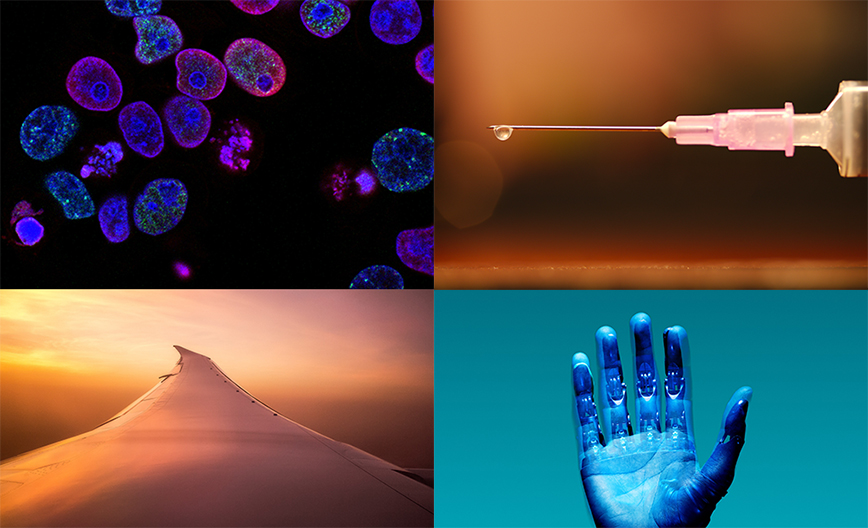
The recently published European Research Council list of European researchers who will receive 2021 ERC Consolidator Grants, contained the names of 313 researchers who will each be awarded a grant. Four of these researchers are based at KTH and each of them will receive between €1.86 and €2 million over five years.
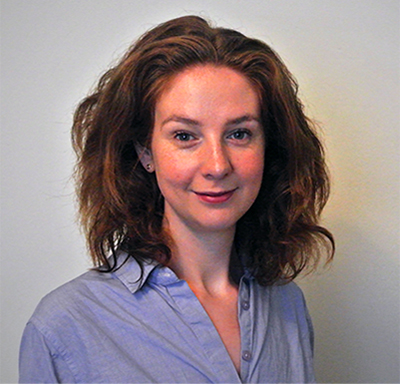
Madeleine Balaam is studying Intimate Technology
Madeline Balaam is an Associate Professor at KTH and researcher in Interaction Design. She has been awarded an ERC Consolidator Grant to study how people interact with technology. The name of the project “Developing interaction design knowledge and materials where technology touches the body”, describes what Balaam intends to work with in a nutshell.
“The project is going to re-evaluate our perception of how technology uses touch to integrate with us. Using intimacy as a lens through which we observe touch, will inspire us to think about how it actually feels to be touched. We are also starting to think about diversity with regard to which parts of the body we can imagine technology would touch,” Balaam says.
She explains that the research project is going to develop theories, methods, and techniques with regard to intimate touching. Research from different areas such as human-computer interaction, will be combined with new interaction technologies, all related to psychological theories about intimacy and neurological perspectives about touch.
“Technologies that touch people will be a new paradigm shift when it comes to interactive equipment, where the most obvious example is robot nurses. Designing technology that can manage intimate touch, will be fundamental when it comes to creating dignified and acceptable interactions between humans and robots,” says Balaam.
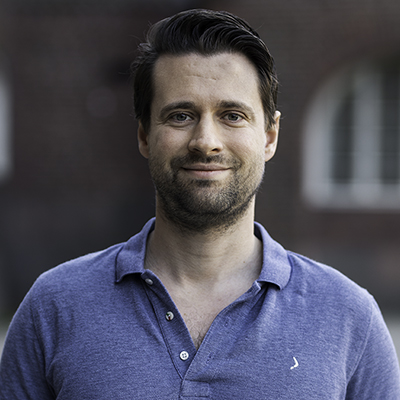
Ricardo Vinuesa aims to reduce aviation emissions
Lower fuel consumption and lower emissions from air travel by improving the aerodynamic performance of aircraft wings. This is the aim of project DEEPCONTROL, for which Ricardo Vinuesa at the Division of Fluid Mechanics and Engineering Acoustics at KTH has been awarded an ERC Consolidator Grant.
Air traffic accounts for 12 percent of all transport sector carbon dioxide emissions, and for three percent of total global carbon dioxide emissions.
“As yet, we do not have the technology to enable air travel without carbon dioxide emissions,” says Vinuesa.
Project DEEPCONTROL is going to focus on improving the aerodynamic performance of aircraft wings in order to reduce fuel consumption and emissions from air travel. Vinuesa and his research group are going to perform extremely detailed computer simulations of the air flow around three dimensional wings. The aim is to better understand the complex physical phenomena that lead to their aerodynamic characteristics.
With the aid of the extremely detailed database generated by these simulations, they will then train AI models to predict the properties of the air flow, based on very small measurements of the wing surface. The hope is that this information will enable them to design novel control strategies through deep reinforcement machine learning, that can increase the aerodynamic efficiency of the wings. These control strategies are based on actively injecting and removing air flow across the wing surface.
“This has the potential to revolutionise air travel with the possibility of significantly reducing emissions from aircraft,” says Vinuesa.
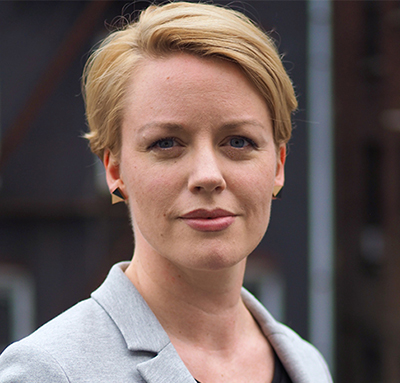
Tuuli Lappalainen aims to develop better medical products to treat genetic diseases
Most genetic diseases in humans are due to defects in the ability to produce the right gene expression dosages that are responsible for key functions in cells. Professor Tuuli Lappalainen at the Department of Gene Technology at KTH, has been awarded an ERC Consolidator Grant for her DOSAGE2FUNC project, Gene Expression Dosage as a Driver of Cellular and Physiological Trait.
“A careful check of gene expression is the key determining factor in how much of the resulting protein product the cells have at their disposal. By fine tuning the gene expression up and down, the cells also react to external stimuli,” says Lappalainen.
The project aims to determine the connection between gene dosage variations and the functional consequences on cell and physiological levels in humans. Lappalainen and her group will start by going through large volumes of human genetic data from hundreds of thousands of people. They will then employ statistical methods to characterise how genetic variation affects the genetic expression level associated with properties in blood corpuscles.
With the aid of the latest genomic technologies for CRISPR (Clustered Regularly Interspaced Short Palindromic Repeats), a method for manipulating DNA function, and single cell sequences, the team will manipulate the expression level for selected genes and measure how gradual changes in gene dosage affects functions at cell level.
“This will provide new building blocks for improved medical product development and enhance our understanding of mechanisms for the risk of disorder,” says Lappalainen.
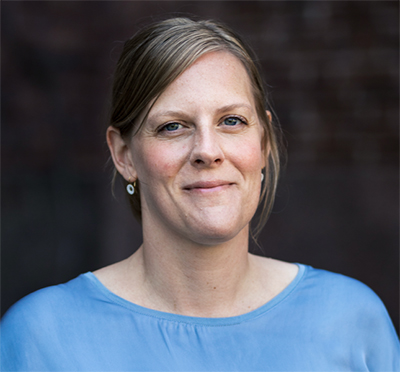
Lisa Prahl Wittberg is on the hunt for the best cannula positioning
Research project fitsCAN aims to study different cannula insertion techniques and positioning strategies for the treatment of haemodialysis or extracorporeal membrane oxygenation (ECMO), where blood is purified and oxygen-filled outside the body respectively.
According to KTH researcher Lisa Prahl Wittberg, who is receiving the ERC grant, these two treatments may appear to be pretty different, but they do have a common denominator. In the sense that they both have to take into account a varying blood flow, and the importance of avoiding blood clots and/or haemorrhaging.
As a rule, the speed at which blood flows through the cannula and blood vessels where the cannula is positioned, is higher than during normal conditions. This high flow exerts greater forces on the component parts of the blood vessel walls.
“The impact of these greater forces entails an increased risk of blood clots forming. During dialysis the vessel concerned can be changed which means it cannot be used in the treatment,” Prahl Wittberg explains.
Prahl Wittberg adds that the work is interdisciplinary, and is being done in close cooperation with specialists within kidney medicine, intensive care/ECMO and radiology.
“Our research work is focused on increasing understanding of the underlying mechanism behind clinically observed challenges concerning interactions between blood flow, cannulas and positioning strategies, and in so doing, reduce the risk of complications and increase the effectiveness of treatment.
Peter Ardell / Håkan Soold
